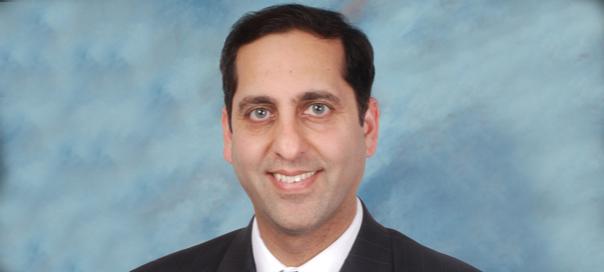“We want people to see that Fedex is a very strong brand locally,” says Rakesh Shalia, MD, Marketing of FedEx Express Middle East, Indian Subcontinent and Africa. He talks about the brand’s plans to increase the domestic consumer base by aggressively going after the growing e-commerce segment
Q] There has been an aggressive push in branding activities on a domestic level, particularly in the past one year, what is the strategy behind this renewed focus on the domestic front?
FedEx has been operating in India since 1997, predominantly focusing on the international side. For the last 15 years, we have emerged as a very strong player on the international front, and in the last three years since 2009, we have become very serious on the domestic front. To further strengthen this position, we have made two acquisitions - in 2007, we acquired one of our partners, Prakash Freights, to bring in all the pick-up and delivery operations in-house; and in 2011, we acquired Air Freight Ltd. Bringing these two companies in the fold has strengthened our domestic portfolio. We have made inroads on the domestic front and are very bullish about India. Since it is a consumptiondriven economy, one of the key elements we have been focusing on is the branding side. We have diversified the segment of customers we are going to be targeting. There was primarily a focus on exporters, but now there is a lot of potential we see from individual consumers or people who like to ship. That is where elements like retail become very important. To serve the needs of this domestic base, we have developed our ‘Student’ product as well as our ‘Rakhi’ product.
We have increased our focus on branding activities and aim to change the perception of consumers about FedEx - from a global company to a domestic company. We are also localizing our strengths globally to do this.
Q] What are the steps taken by the brand to increase mindshare and consumer base in India?
In terms of capability, we have invested heavily in this market since 1997. We operate around 31 weekly frequencies - by far the largest that any integrator offers in this market. We operate out of three major gateways – Mumbai, Delhi and Bangalore; so we cover West, North and South. An important component in our business is coverage; we have an extensive coverage of 85% of India‘s GDP and 389 origin cities.
FedEx is very serious about this market - we have also leveraged a programme at the global level called the ‘halo programme’, which sends a consistent message about our brand across the board. India has been a critical part of it.
What we did differently this year was to launch two new FedEx TV ads, in the local language. They had a great connect with people and we have got a phenomenal response. In the past, what we did was use an American ad and adapt it, but ads specifically for this market have worked very effectively for us.
In India, one of the segments that is growing at a very rapid pace is e-commerce, with a yearon- year growth of 35-40%. That is the segment we are going aggressively after.
Q] What is the desired brand positioning that the renewed strategy aims to bring about?
We want people to see FedEx as a very strong brand locally. We are offering domestic services and connecting with consumers emotionally. People believe that it is a global brand and hence too big for them - this is what we want to change. We are making a conscious effort to go after SMEs as well as individual shippers. Our focus which was earlier only B2B, is now B2C as well.

Q] What is the brand’s presence in Tier II and Tier III cities, given the domestic focus?
Initially, we had a focus on metro. In the last two years, we have had added focus on Tier II and Tier III cities because that is where we are seeing a lot of growth. A lot companies have moved their manufacturing base to these cities; increasingly online spends are coming from these cities as well. We started by establishing our reach and coverage in these cities, and then we introduced a lot of communication and a lot of events.
Q] What are the consumer engagement activities done by the brand? What role does the digital medium play in this?
To give the SME segment a feeling of comfort, we have developed a platform called the International Business League. It’s been on for the last three years. It is a competition wherein we invite entries from SMEs who have done something remarkable to increase profitability, or made a new innovation. This year, we held this forum in China. Our efforts are to give SMEs the exposure which they don’t normally get. On the digital side, we have a pro-active chat on our website, which has been very successful; through this we provide handholding and support to our consumers. We have a programme called ‘ship to friend ‘in the US, I would love to bring it to India soon.
Q] What are the challenges faced by the brand today?
India is very unique. The fact that you need clearance across States leads to a lot of paperwork, and makes it very complex to send a package even within the country. The procedure of permission from every State is different, and each State has its own unique requirements.
Q] Where do you see the industry five years from now?
The industry in India is on a growth track, but there is an element of maturity which will come in the next five years. India is still a price-sensitive market; this is slowly changing and moving in favour of the service aspect. E-commerce is going to be huge in India. Earlier, people wanted to touch and feel the product before buying it, but that mindset is slowly but surely changing.
Feedback: priyanka.mehra@exchange4media.com
























